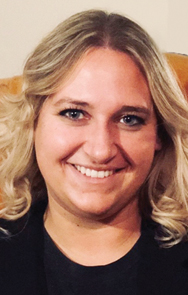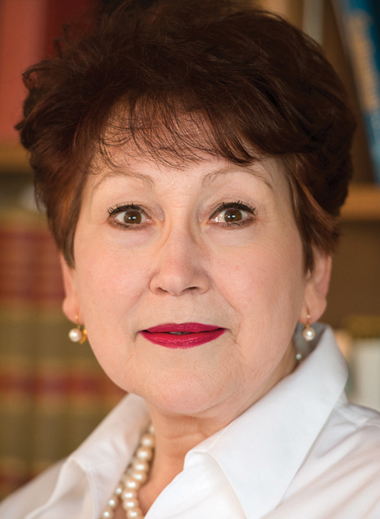Bumper sticker wisdom: Think global, act local
 During the past 18 months, U.S. and world affairs have left me with a feeling of helplessness and a lack of control over important matters in our daily lives. Nevertheless, I remembered something I learned from my grandmother — “only you are in control of your actions, your life and what you put into this world. Think global, act local.” While I may not be able to directly change the direction of our government, I am part of making a difference for a very important and growing population right here in my own backyard — our older adults.
During the past 18 months, U.S. and world affairs have left me with a feeling of helplessness and a lack of control over important matters in our daily lives. Nevertheless, I remembered something I learned from my grandmother — “only you are in control of your actions, your life and what you put into this world. Think global, act local.” While I may not be able to directly change the direction of our government, I am part of making a difference for a very important and growing population right here in my own backyard — our older adults.
The aging population is a historically underserved community, and most are living on very low social security checks just to barely scrape by. Add to that they no longer have the autonomy and independence to drive themselves where they need to go. It’s hard not to have empathy for this ever-growing community that has contributed to society their entire lives, but are often overlooked and taken advantage of once they reach their golden years.
Growing up spending large amounts of time at my grandparents’ house in Nebraska I watched my grandmother care for my grandfather. I spent most of my summers there finally seeing him lose his own autonomy as the car keys were taken away just as I got my license gaining my own independence.
Watching my grandfather lose his driving privileges was a far more emotional experience than I had anticipated. My grandfather was fortunate to have a wife who could drive him. However, many older adults do not have that family member to take them where they need to go. Here in Kansas City we are lucky — there is JET Express, a program where volunteer drivers take older adults who no longer drive to the places they want and need to go. JET Express is a program of Jewish Family Services and is open to anyone regardless of their faith, culture or lifestyle.
I started volunteering as a JET driver in May 2017, and it has truly changed my life. I was apprehensive at first, not knowing what it would be like and if it was even something I would want to keep doing. Looking back over a year later, I can’t believe how many people I have connected with and all the friendships that have formed. My Kansas City community exponentially expanded once I started volunteering, which has led to other opportunities for me personally and professionally.
The beauty of JET Express is that it is completely flexible for the volunteer drivers and the riders. As a young professional who travels for work and leisure frequently, I love that I can sign up for as many rides that fit into my schedule while I’m in town. Those weeks when I’m traveling, I simply don’t pick up any rides. Using a simple computer program, if a ride works for your schedule, you simply click a few times and you are confirmed as their driver. Many rides are flexible, which means that when you call the rider to confirm the ride, you can figure out the best time and day to take them grocery shopping, or wherever they need to go. In addition, there are also one-way only rides that make it so easy to pick a rider up on your lunch break and take them on a quick ride without worrying about waiting around. You can also drive on the weekends, if you’re available.
There aren’t adequate words to describe the mutually beneficial relationships I have formed through volunteering for JET Express — it has restored my belief in humanity and the importance of helping others. More drivers are needed to meet the growing demand for rides of older adults. I hope others will take a chance and volunteer for something that is both personally rewarding and necessary in Kansas City.
Jet Express is a volunteer driver program of Jewish Family Services. Information about the program can be found at www.jfskc.org/jet-express.




 The deadly intrusion into the Tree of Life - Or L’Simcha Congregation during Sabbath prayers has shaken all Jews. In the aftermath, the Kansas City community, led by clergy of different faiths, gathered for a memorial service in a local synagogue. An outpouring of support and good will by the non-Jewish community was heartening. People attended the service to stand together against discrimination and violence, and to stand together with Jews as a united faith community.
The deadly intrusion into the Tree of Life - Or L’Simcha Congregation during Sabbath prayers has shaken all Jews. In the aftermath, the Kansas City community, led by clergy of different faiths, gathered for a memorial service in a local synagogue. An outpouring of support and good will by the non-Jewish community was heartening. People attended the service to stand together against discrimination and violence, and to stand together with Jews as a united faith community. The Holocaust is the systematic mass murder of European Jewry and others by the Nazis.
The Holocaust is the systematic mass murder of European Jewry and others by the Nazis.